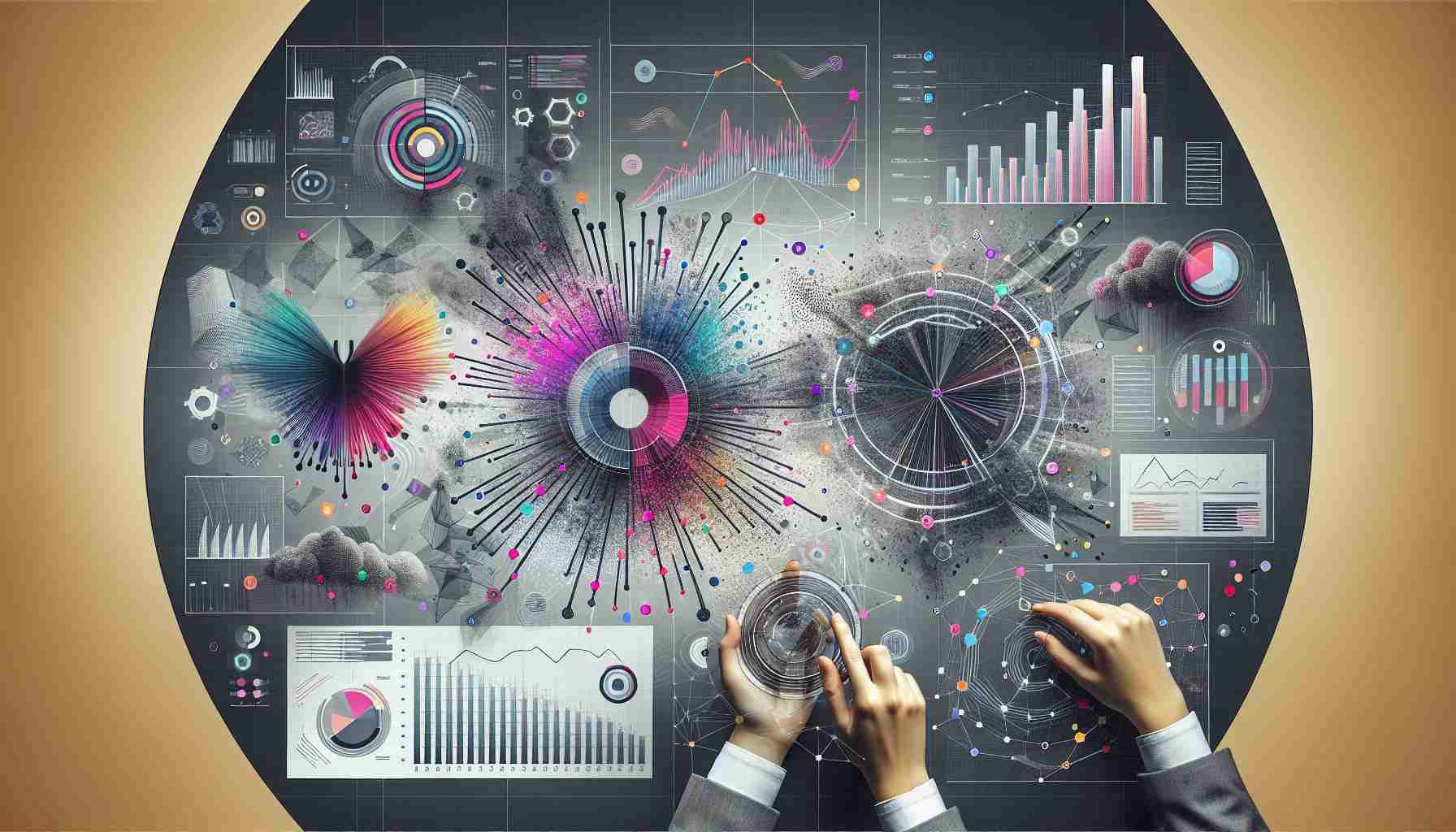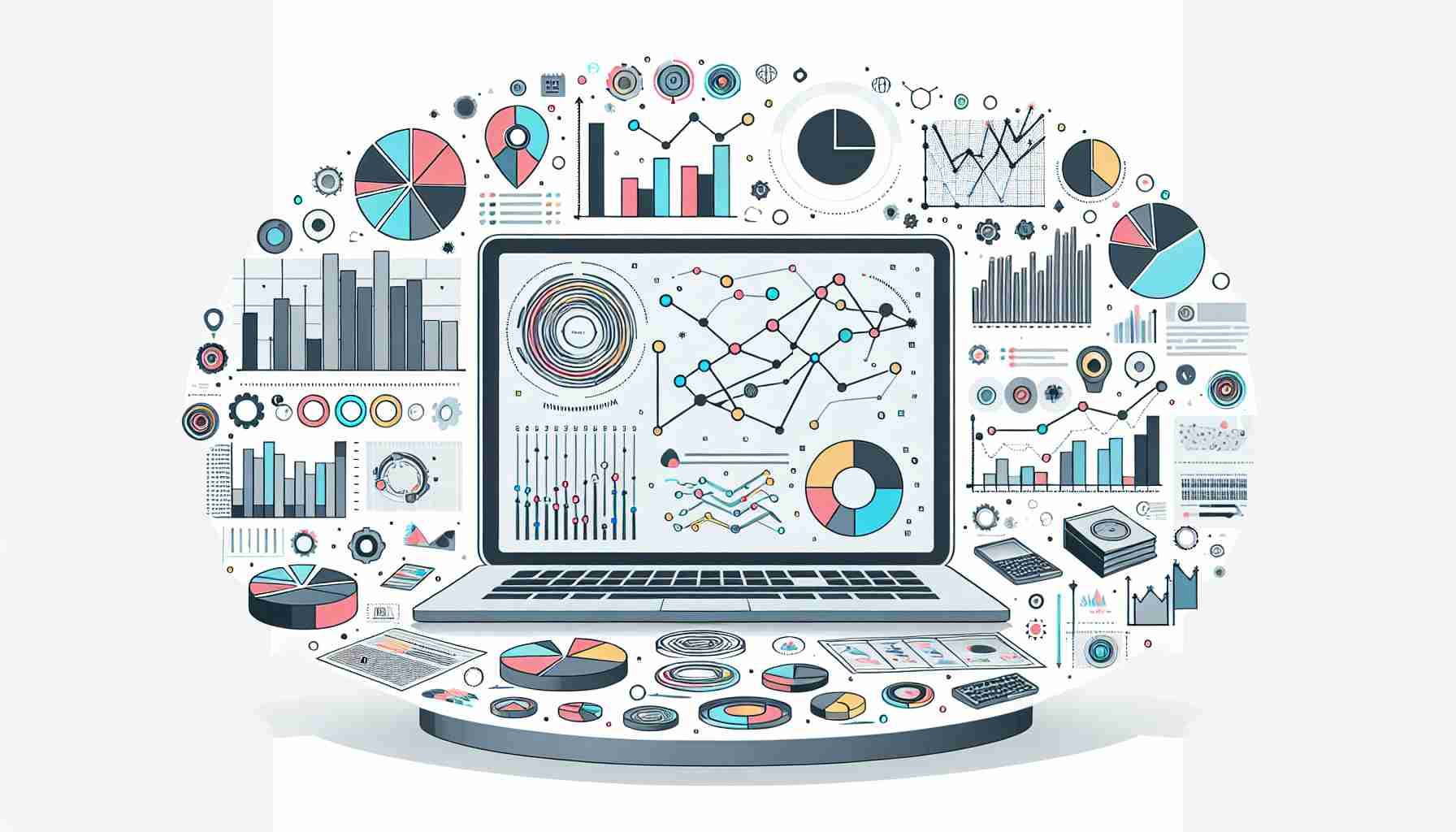Interactive Data Visualization

Briefly Summarized
- Interactive Data Visualization is the process of creating visual representations of data that allow users to engage and interact with the information.
- It transforms complex data sets into more accessible and understandable visual formats, such as charts, graphs, and maps.
- These visualizations enable users to explore data, uncover insights, and make informed decisions through direct manipulation of the visual elements.
- Interactive tools can include sliders, filters, and hover effects to dynamically alter the visualization based on user input.
- The field combines principles from statistics, graphic design, cognitive science, and human-computer interaction, making it both an art and a science.
Interactive Data Visualization (IDV) is an essential aspect of data analysis that enhances our ability to understand and communicate complex information. By converting raw data into a visual context, IDV leverages the human brain's innate ability to process visual information quickly and effectively. This article delves into the intricacies of IDV, exploring its significance, methodologies, applications, and the future of visual data interaction.
Introduction to Interactive Data Visualization
At its core, Interactive Data Visualization is about storytelling with data. It goes beyond static graphs and charts by incorporating user interaction to reveal deeper layers of analysis. This dynamic form of visualization allows users to manipulate the data presented to them, offering a hands-on approach to data exploration and interpretation.
The Evolution of Data Visualization
Data visualization has its roots in the early attempts to present information graphically, such as in maps and charts used for navigation and exploration. However, with the advent of computers and the explosion of data in the digital age, the need for more sophisticated visualization techniques became apparent. Interactive Data Visualization emerged as a response to this need, combining traditional data presentation methods with interactive elements that allow for real-time data exploration.
Components of Interactive Data Visualization
Interactive Data Visualization is characterized by several key components:
- Visual Elements: These include charts, graphs, maps, and other graphical representations that make up the visual aspect of the data.
- Interactivity: Tools such as sliders, dropdowns, and clickable legends that enable users to interact with the data.
- Data Sources: The underlying quantitative and qualitative data that feed into the visualizations.
- User Interface: The overall design and layout that facilitate user interaction with the visualization.
- Narrative: The story that the data tells, which is often enhanced by the interactive elements.
Why Interactive Data Visualization Matters
The importance of IDV lies in its ability to turn data into actionable insights. It helps to identify trends, patterns, and anomalies that might go unnoticed in raw data sets. By engaging with the visualization, users can ask questions, test hypotheses, and draw conclusions based on the data presented to them.
Tools and Technologies
A variety of tools and technologies are used to create Interactive Data Visualizations. These range from simple web-based platforms like Data Studio to more complex software like Tableau, Qlik, and Sisense. Programming languages such as JavaScript, along with libraries like D3.js, are also commonly used for creating custom visualizations.
Applications of Interactive Data Visualization
IDV has a wide range of applications across different industries:
- Business Intelligence: Companies use IDV to monitor performance, analyze customer data, and make strategic decisions.
- Healthcare: Visualization tools help in tracking disease outbreaks, patient data analysis, and medical research.
- Journalism: Media outlets employ IDV to tell compelling stories with data, making complex issues more accessible to the public.
- Education: Interactive visualizations are used as teaching aids to explain complex concepts and engage students.
Best Practices for Interactive Data Visualization
Creating effective IDV requires adherence to certain best practices:
- Clarity and Simplicity: The visualization should be easy to understand and free from unnecessary clutter.
- Accuracy: The data must be up-to-date and sourced correctly to ensure reliable insights.
- User-Centric Design: The visualization should be tailored to the target audience's needs and level of expertise.
- Narrative Integration: The data should be presented within a coherent narrative to contextualize the insights.
Challenges and Considerations
While IDV offers many benefits, there are challenges to consider:
- Overcomplexity: Too much interactivity can overwhelm users, leading to confusion rather than clarity.
- Data Privacy: Interactive visualizations often require access to sensitive data, raising concerns about privacy and security.
- Misinterpretation: Poorly designed visualizations can lead to misinterpretation of data, potentially leading to incorrect conclusions.
The Future of Interactive Data Visualization
Emerging technologies such as virtual and augmented reality are set to revolutionize the field of IDV, offering even more immersive and intuitive ways to interact with data. As these technologies mature, we can expect IDV to become an even more integral part of data analysis and decision-making processes.
Conclusion

Interactive Data Visualization is a powerful tool that bridges the gap between data and decision-making. By allowing users to interact with data in meaningful ways, IDV empowers individuals and organizations to derive insights and make informed choices. As data continues to grow in volume and complexity, the role of IDV will only become more critical in making sense of the information that shapes our world.
FAQs on Interactive Data Visualization
Q: What is the main purpose of Interactive Data Visualization? A: The main purpose is to enable users to explore and understand complex data sets through direct interaction, facilitating the discovery of insights and aiding in decision-making processes.
Q: Can Interactive Data Visualization be used with any type of data? A: Yes, it can be applied to both quantitative and qualitative data across various domains, provided the data is structured in a way that can be visually represented.
Q: Do I need to be a programmer to create Interactive Data Visualizations? A: While programming skills can be beneficial, especially for custom visualizations, there are many tools available that allow non-programmers to create interactive visualizations with little to no coding required.
Q: How does Interactive Data Visualization differ from static visualization? A: Unlike static visualizations, interactive ones allow users to manipulate the visualization in real-time, offering a dynamic experience that can reveal additional layers of information.
Q: What are some common interactive elements used in data visualizations? A: Common elements include sliders, filters, hover effects, clickable items, and drill-down capabilities that allow users to navigate through the data.
Q: Is Interactive Data Visualization suitable for all audiences? A: While IDV is designed to make data more accessible, it's important to consider the target audience's familiarity with the data and the complexity of the visualization to ensure it is suitable and understandable.
Sources
- Data and information visualization
- What is Interactive Data Visualization? - HEAVY.AI
- ▷ The Best 27 Interactive Data Visualization Examples - Datapine
- Interactive Data Visualization: Definition and Examples - Qlik
- 10 Stunning Interactive Data Visualization Examples - Vev's design
- The Most Impressive Interactive Data Visualization You'll Find Online
- Mastering Interactive Data Visualization + Examples - Venngage
- 10 Examples of Interactive Map Data Visualizations - Tableau
- What is Interactive Data Visualization? 5 Great Examples
- Data Studio: Make interactive data visualizations
- What Is Interactive Visualization? With Examples - Sisense